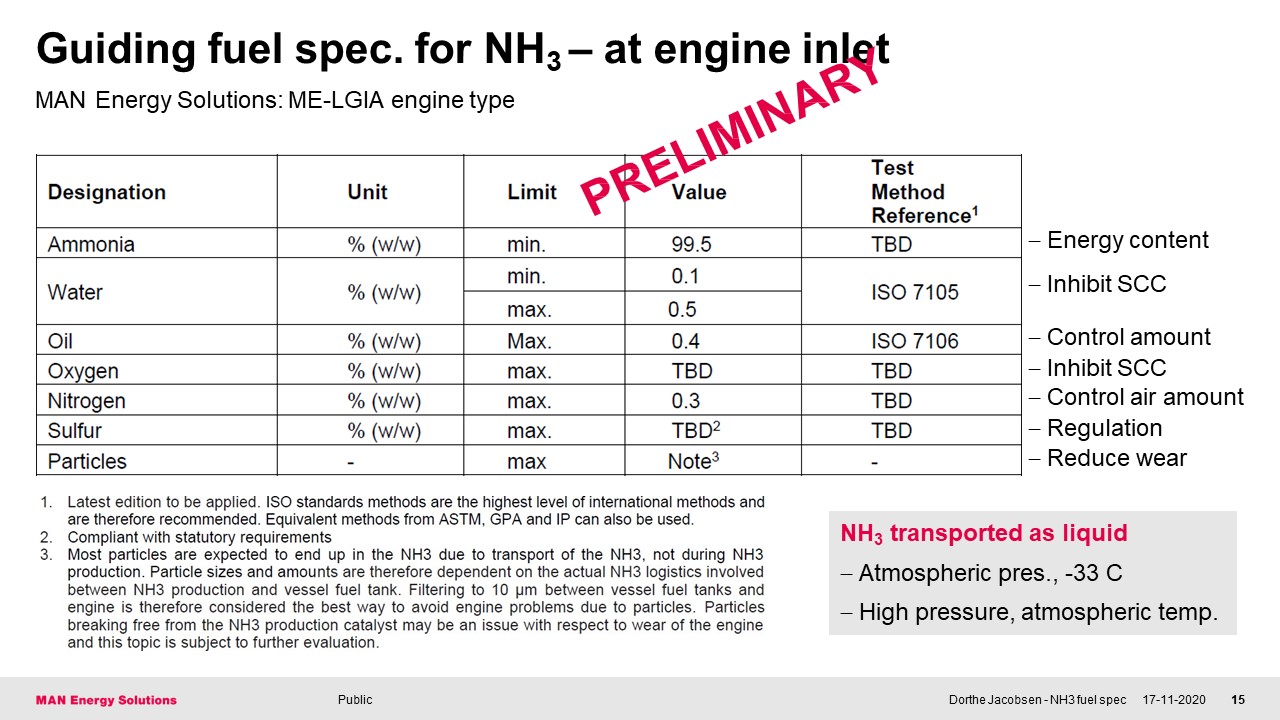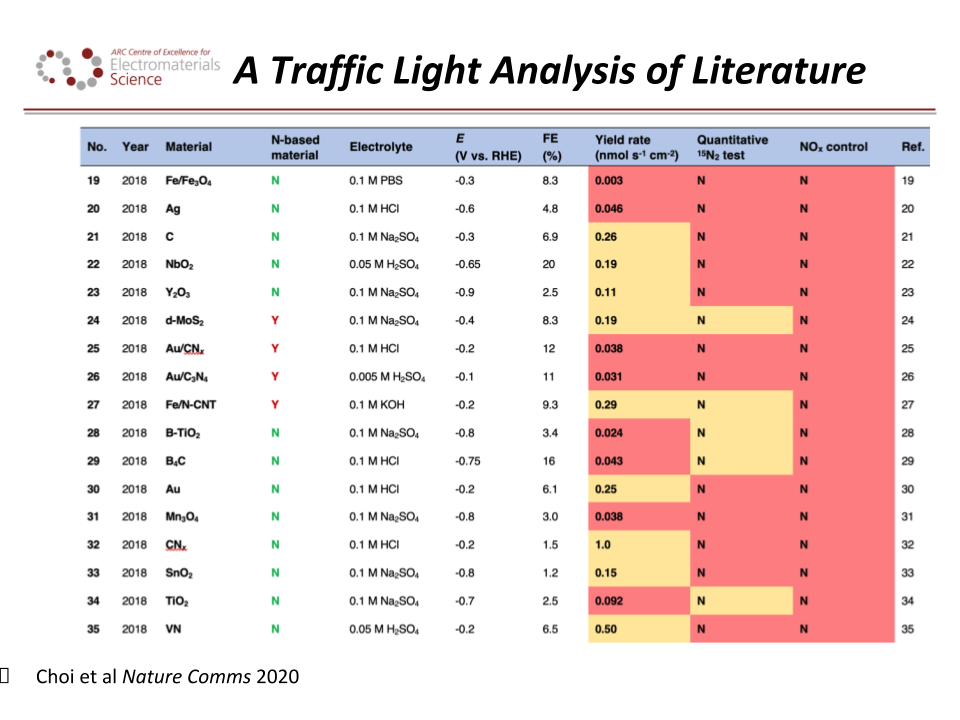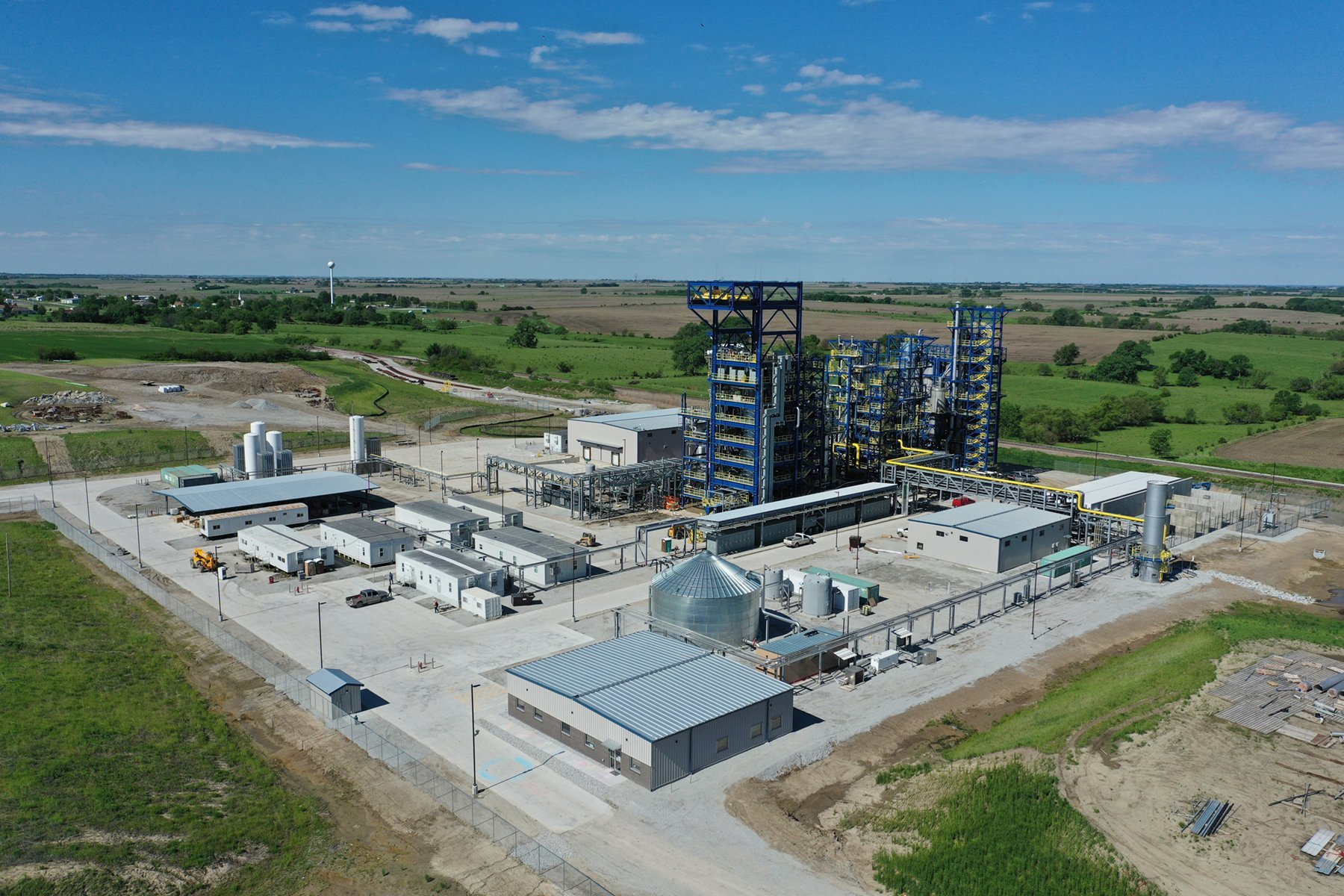North America
Marine Ammonia: panel wrap-up from the 2020 Ammonia Energy Conference
What action is needed to unlock the enormous potential of green ammonia as a marine fuel and get the new generation of ammonia-powered vessels on the water? On November 18, 2020, the Ammonia Energy Association (AEA) hosted a panel discussion moderated by Sofia Fürstenberg Stott from Fürstenberg Maritime Advisory, as well as panel members Tue Johannessen from the Center for Zero Carbon Shipping, Katharine Palmer from Lloyd’s Register, Rob Stevens from Yara International, and Kazumasa Taruishi from NYK Energy Transport.
A Fuel Standard for Ammonia: panel wrap-up from the Ammonia Energy Conference 2020
What are the key considerations for a future Ammonia Fuel Standard? On November 17, 2020, the Ammonia Energy Association (AEA) hosted a panel discussion moderated by Ron Stanis from GTI (Gas Technology Institute), as well as panel members David Richardson from Airgas, Rob Steele from EPRI (Electric Power Research Institute), Eric Smith from IIAR (International Institute of Ammonia Refrigeration), and Dorthe Jacobsen from MAN Energy Solutions at the recent Ammonia Energy Conference. The AEA Fuel Standard Committee has been developing a draft product specification that will facilitate the acceptance of ammonia as a fuel. The overall message from panelists came through loud and clear: the draft standard is ready for stakeholder comments, and the Fuel Standard Committee welcomes your input.
Panel discussion on next-generation ammonia synthesis
This year’s Ammonia Energy Conference included a panel discussion on next-generation ammonia synthesis, moderated by Sarb Giddey (CSIRO, Australia), and featuring panelists Doug MacFarlane (Monash University, Australia), Karthish Manthiram (MIT, United States), and Michael Stoukides (Aristotle University of Thessaloniki, Greece). The panel discussed the direct fixation of nitrogen in the form of ammonia from water and air in a single electrochemical device, which is considered the “holy grail” of ammonia synthesis. During the panel, the participants gave their perspectives on the state of the art, and the obstacles and opportunities for progress.
The Cost of CO2-free Ammonia
If ammonia is to be introduced into the energy system as a CO2-free fuel, its cost must be at least competitive with that of other CO2-free fuels such as CO2-free hydrogen. In the discussion below I consider the cost aspect of CO2-free ammonia. To state my conclusion at the beginning, the cost of CO2-free ammonia can be less than 30 yen/Nm3-H2, which is the 2030 cost target for hydrogen energy set by the Japanese government in its "Basic Hydrogen Strategy” for introducing hydrogen energy into Japan.
Green ammonia in Australia, Spain, and the United States
The ammonia industry is transitioning towards sustainability at remarkable speed. In the last week alone, three major project announcements signal the availability of millions of tons of low-carbon ammonia this decade, and enthusiasm for rapid and complete transformation of the industry. Decarbonizing ammonia is no longer viewed as a challenge — now, this is quite clearly an opportunity.
Low-carbon ammonia in Nebraska and the Netherlands
Last week, two new low-carbon ammonia production projects were announced, both of them large-scale and largely CO2-free. Monolith Materials announced a 275,000 ton per year “clean ammonia” plant in Nebraska, in the heart of the US cornbelt. The plant will begin construction in 2021, expanding the existing demonstration plant, using Monolith’s methane pyrolysis process powered by 100% renewable electricity. Ørsted and Yara announced their plan to produce 75,000 tons per year of “green ammonia” at Yara’s existing Sluiskil plant in the Netherlands. They intend to install a 100 MW electrolyzer, using Ørsted’s offshore wind energy, with a final investment decision expected in 2021-2022, and production beginning in 2024-2025.






